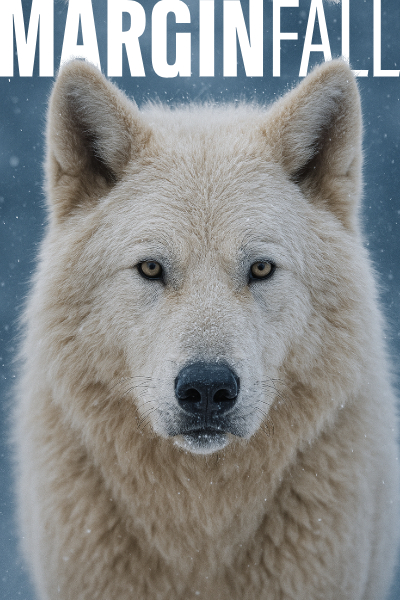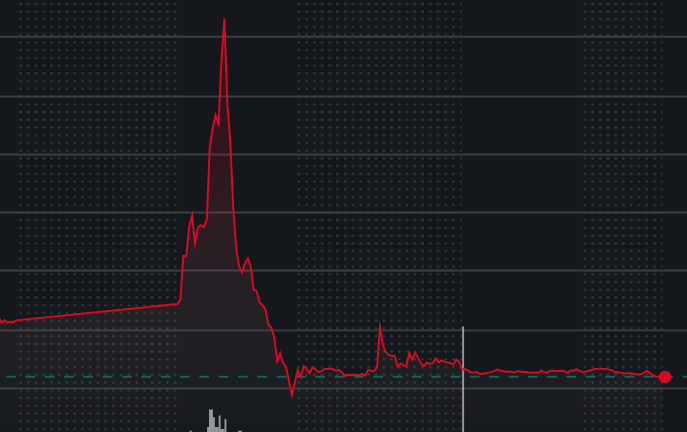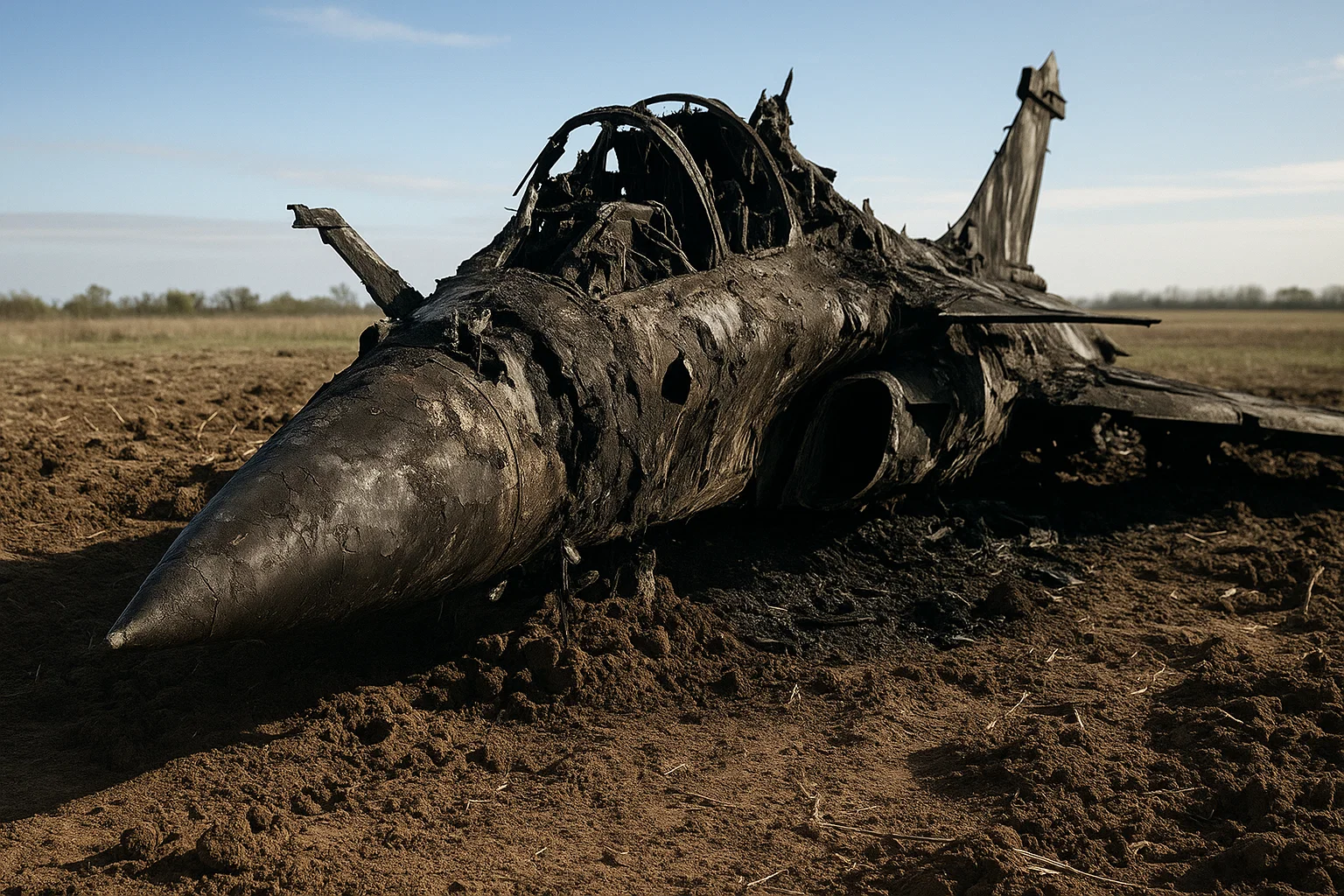The Dire Wolf Returns! Bringing Back What Was Lost

Bringing Back What Was Lost
In the realm of de-extinction, few names resonate as powerfully as that of the dire wolf—a creature that once roamed across North America, from the frigid expanses of Canada to the sultry terrains of Venezuela. For over 10,000 years, these apex predators were nothing more than a whisper in the fossil record, until Colossal Biosciences dared to dream big and bring back the dire wolf.
Imagine Romulus and Remus—two young dire wolves that could easily pass as oversized, majestic pups. At just six months old, they already span nearly four feet in length and tip the scales at 80 pounds, with the potential to grow into colossal beasts reaching six feet and 150 pounds. Yet, unlike the playful exuberance typical of domestic puppies, these young wolves exhibit wild, untamed behaviors. They keep their distance, wary and cautious, a reminder that their spirit is not that of a house pet but of an untamed, once-extinct creature.
A Bold Leap Into the Past
Colossal Biosciences, founded in 2021 with a team of 130 dedicated scientists, set out on one of the most audacious scientific missions of our time—to reverse extinction by leveraging the power of genetic engineering. Using ancient DNA samples procured from a 13,000-year-old tooth in Ohio and a 72,000-year-old ear bone in Idaho, Colossal’s team meticulously deciphered the dire wolf genome. They then rewrote key segments of the common gray wolf’s genetic code, making about 20 critical edits in 14 genes. The result? Romulus, Remus, and their 2-month-old sister Khaleesi emerged into a world where the howl of a dire wolf had been silenced for millennia.
Behind the Scenes at Colossal
The process was nothing short of revolutionary. By isolating endothelial progenitor cells from a donor gray wolf’s blood and rewriting their genetic code, the scientists bypassed the need to use ancient genetic material directly. Instead, they instilled these cells with the traits of dire wolves, creating embryos that—after careful cultivation and implantation into surrogate hound mixes—gave birth to our new-age dire wolves.
Colossal took every precaution to ensure the newborns were raised in a controlled, secure environment. The dire wolves now reside on a 2,000-acre ecological preserve, a vast and secluded sanctuary fortified by a 10-foot fence. Within this expanse, the wolves can roam freely, yet remain under the vigilant care of a dedicated team of veterinarians and wildlife experts.
The Wild and the Tamed
Despite the round-the-clock care, the dire wolves display unmistakably wild traits. When approached, they keep their distance, and even those who have nurtured them since birth know that their untamed nature is not something that can be easily domesticated. Their behavior—marked by alert caution and instinct-driven responses—has fueled both wonder and speculation. Colossal isn’t just recreating an extinct species; they’re rekindling a fragment of the wild, a raw reminder of what once ruled the ancient landscapes.
Why It Matters
The return of the dire wolf is about more than scientific achievement; it’s a vision for the future. Colossal Biosciences argues that resurrecting long-lost species could serve as a potent tool for conservation. By mastering the genetic engineering required to bring back the dire wolf, scientists hope to apply similar techniques to bolster endangered species struggling against the ravages of climate change and human encroachment. The methods that revive the past might well secure the future.
There’s a poignant irony in this struggle. Humanity has long been a force of extinction, pushing countless species to the brink or wiping them away entirely. Now, through the marvel of modern genetics, we’re given a chance to rewrite history—to bring back what was lost and, perhaps, to mend our own catastrophic impact on the world.

A Future of Possibilities and Challenges
Yet, for all its promise, the path of de-extinction is strewn with uncertainties. Critics warn of unforeseen ecological consequences: a revived dire wolf might not perfectly fit into today’s ecosystems, or could even become invasive if released into the wild without adequate safeguards. Cloning and genetic engineering are complex, error-prone fields—there’s always the risk of birth defects, behavioral abnormalities, or other unintended side effects.
In the words of Professor Robert Klitzman of Columbia University, “There’s a risk of death. There’s a risk of severe side effects. There’s a lot of suffering involved.” Even so, Colossal remains steadfast in its mission, driven by the belief that doing nothing isn’t an option when our planet’s genetic diversity is at stake. As Beth Shapiro, Colossal’s chief science officer, put it, “We are an evolutionary force at this point. We are deciding what the future of these species will be.”
The Dire Wolves and Beyond
Today, as Romulus, Remus, and Khaleesi explore the wild corners of their preserve, they remind us of a time when the Earth was ruled by creatures of immense power and beauty. Their return marks a pivotal chapter not just in the annals of science, but in the ongoing story of life on Earth—a testament to our unyielding drive to reclaim what was once ours, and to protect the fragile tapestry of biodiversity for future generations.
Colossal Biosciences may be writing a new chapter in the history of nature, one where species thought to be lost can once again roam our planet. The dire wolf is a fierce reminder that while humanity may have silenced many voices of the wild, our efforts today could help restore them for tomorrow.
This is another Marginfall.










